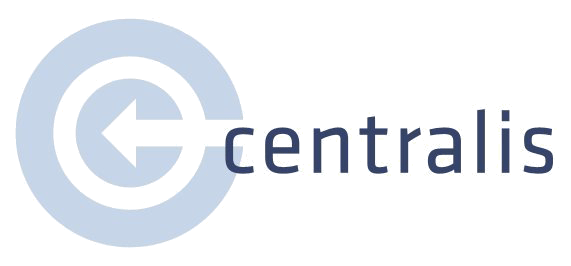One of the best ways to test out a new concept or site is by using a prototype – prototypes enable product owners and designers to evaluate new ideas with users before investing time and money in developing a fully functioning product. Prototypes are also great if you want to compare how well a few different ideas connect with users before deciding which one to pursue. But what makes a prototype ready for a successful test?
We want our clients to get the most out of each test we run. In the case of prototyping, it’s important to create a test environment with the least amount of effort, and just the right amount of realism to elicit productive responses from users. Here are some key thoughts on how to create test-worthy prototypes and avoid several common pitfalls:
Match your prototype’s fidelity to your research questions
Research questions vary at different points in the design process. Early on, you may need to know how users organize the product’s information or features, or how a series of steps should be ordered to encourage completion. Questions like these can generally be answered using wireframes, with minimal or no visual design. By contrast, if your research questions are more focused on brand perception and appeal, the visual elements of the design may take precedence over the interaction design or flow. By defining a tight set of focused research questions, you can limit the amount and type of prototyping required to get your answers.
Choose the easiest prototyping tool for your needs
Some of our clients are pleasantly surprised to discover that they don’t need a fully functioning HTML prototype for usability testing. Many designers are familiar with prototyping tools like Figma, Invision, and Adobe XD, which support rudimentary interactions and linking from page to page. At Centralis, our preferred tool for prototyping is Axure, which we use to create highly interactive wireframes, or overlay screenshots with interactive elements to simulate live behavior. While all of these tools have their strengths, sometimes all you need is PowerPoint (!), where you can link from slide to slide and approximate the interface’s intended behavior. The key is to create a minimum viable prototype as quickly as possible, so that usability testing doesn’t get cut from your project for lack of time or resources.
Focus on one complete path
Many prototypes that we test are in the very early stages of a design, or they were created quickly to test a concept. That works for us! There are only two aspects of functionality that we need up and running: we should be able to get from the beginning of a prototype to its end, and if there is a specific feature that we are testing then it should work well enough for users to react to it. Generally, this means that the prototype contains a ‘happy path’, which involves making one product or choice work well while faking all other options.
Even with only one working path, we can still ask participants to comment on how they might proceed and why. This way we can see how clearly each choice is understood in the prototype before nudging users down the working path. Give users enough of a prototype to explore the features and interactions that you care about, but don’t worry about building unnecessary details.
Use realistic content
It’s hard to count how many times participants have told us they can’t read Latin. We understand that when a concept is in the design stage it’s easier to use placeholder text and images such as Lorem Ipsum and blank boxes, but when it comes to test day, users need something concrete to react to. Whether you’re presenting instructions, a product description, or something more extensive, participants can only provide feedback if your prototype includes representative copy. While the content does not have to be final language, it should be realistic enough so that participants can read and respond to it as naturally as possible.
Be consistent with your details
Usability testing is one of those times when consistency is key. Nothing breaks a participant out of their flow more than when they see that the price of an item has jumped $50 from the last page, or when their ‘name’ has changed from Shaun to Michelle. This is because they are treating the prototype like a real site – if you were checking out at Amazon and your $20 cart changed to $70 on the confirmation page, it would be alarming! Our goal is for users to give feedback on your design rather than fixating on a surprising prototype bug. Before test day, make sure your numbers add up and that your products and names stay the same throughout the prototype.
The goal of a prototype is to test an idea before committing the time and money to build a real website or app. Keeping your questions narrow and your technology minimal will increase your chances of bringing the voice of the user into your design process. As long as you stick closely to your intended content, keep your facts in check, and make sure a user can get from start to finish, you can learn what you need to know from users with a simple prototype.

